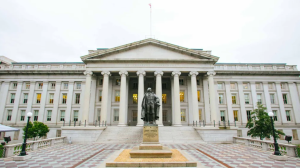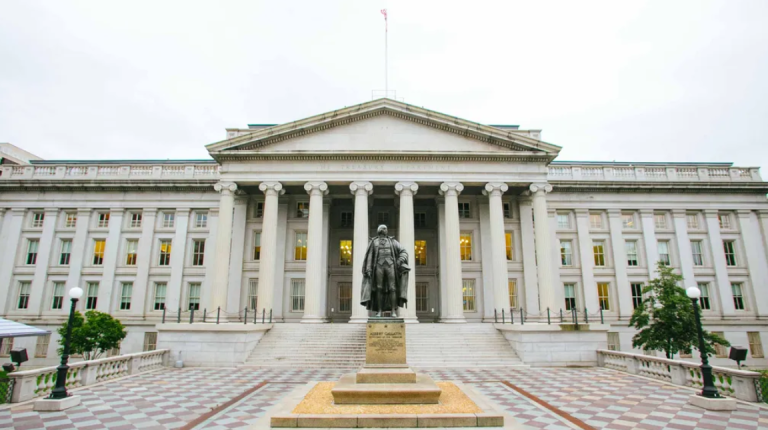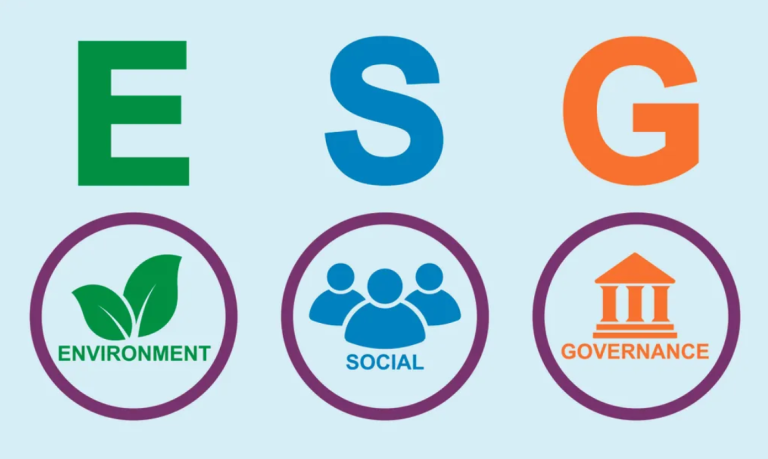The Construction Industry’s Balancing Act
The construction sector, a vital indicator of economic health, currently stands at a crossroads. It faces both challenges and rays of hope, with backlogs presenting a conundrum, and year-over-year declines prompting careful economic assessments.
- Surging Backlogs
Construction firms are grappling with extensive backlogs of projects, a phenomenon driven by a combination of factors. Increased demand, pandemic-induced delays, and supply chain disruptions have all contributed to these surging backlogs. This backlog signifies a robust pipeline of work but also challenges in managing resources efficiently.
- Pandemic-Induced Disruptions
The construction industry felt the impact of the COVID-19 pandemic keenly. Shutdowns and restrictions led to project delays, labor shortages, and difficulties in obtaining materials. These disruptions have caused a ripple effect, influencing the current state of the sector.
- Material Shortages and Cost Increases
Global supply chain disruptions have triggered material shortages and significant cost increases in the construction sector. Lumber prices, for instance, experienced record highs, making housing and commercial construction more expensive. These issues have added to project delays and placed financial pressure on construction firms.
- Declines in Year-Over-Year Spending
Year-over-year construction spending has faced declines, reflecting the lingering effects of the pandemic and uncertainties in the market. Reduced investments in commercial and public construction projects have contributed to these challenges.
- Residential Construction
While there have been declines in certain construction sectors, residential construction remains relatively robust. Low mortgage rates, increased remote work, and changing living preferences have driven demand for new housing. Residential construction offers a ray of hope within the sector.
- Government Infrastructure Initiatives
Government infrastructure initiatives have the potential to significantly impact the construction industry. Plans for substantial investments in infrastructure, including roads, bridges, and broadband, offer opportunities for the sector’s recovery and growth.
- Skilled Labor Shortages
Despite the backlog of projects, the construction sector grapples with skilled labor shortages. The pandemic led to workforce disruptions, and the industry faces challenges in attracting and retaining skilled workers.
- Innovation and Technology
The construction industry has seen increased adoption of technology and innovation. From 3D printing to Building Information Modeling (BIM), these advancements are helping streamline construction processes, improve efficiency, and reduce costs.
Conclusion: Navigating Uncertain Terrain
The construction sector stands at a crossroads, facing backlogs, year-over-year declines, and numerous challenges. However, opportunities for recovery and growth exist, especially in residential construction and government infrastructure projects. Innovations in technology and building practices also promise to reshape the industry. Navigating this uncertain terrain will require adaptability and resilience, making it a sector worth watching in the coming months.

































